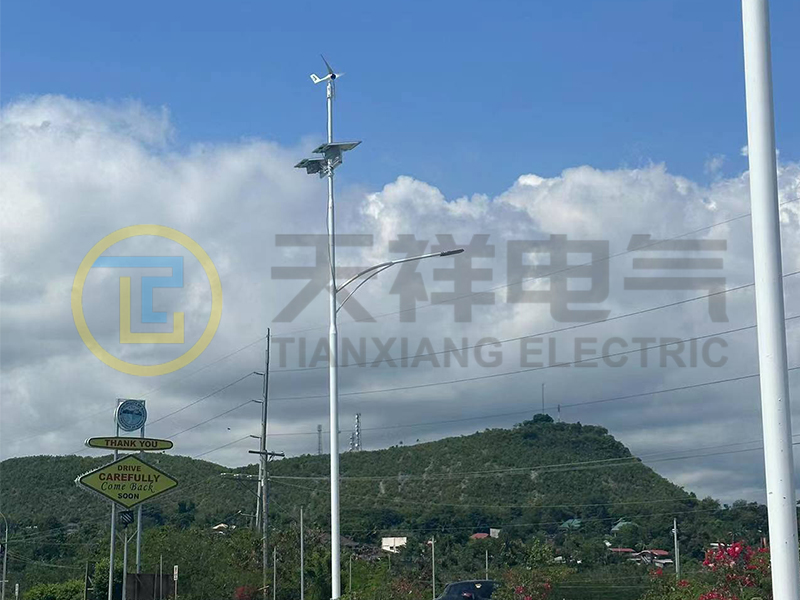Wind solar hybrid street lights are a sustainable and cost-effective lighting solution for streets and public spaces. These innovative lights are powered by wind and solar energy, making them a renewable and environmentally friendly alternative to traditional grid-powered lights.
So, how do wind solar hybrid street lights work?
The key components of wind solar hybrid street lights include solar panels, wind turbines, batteries, controllers, and LED lights. Let’s take a closer look at each of these components and learn how they work together to provide efficient and reliable lighting.
Solar Panel:
The solar panel is the main component responsible for harnessing solar energy. It converts sunlight into electricity through the photovoltaic effect. During the day, solar panels absorb sunlight and generate electricity, which is then stored in batteries for later use.
Wind Turbine:
A wind turbine is an important part of a wind hybrid street light because it harnesses the wind to generate electricity. When the wind blows, the turbine blades spin, converting the wind’s kinetic energy into electrical energy. This energy is also stored in batteries for continuous lighting.
Batteries:
Batteries are used to store electricity generated by solar panels and wind turbines. It can be used as a backup power source for LED lights when there is insufficient sunlight or wind. Batteries ensure that street lights can operate efficiently even when natural resources are unavailable.
Controller:
The controller is the brain of the wind solar hybrid street light system. It regulates the flow of electricity between solar panels, wind turbines, batteries, and LED lights. The controller ensures that the energy generated is used efficiently and that the batteries are effectively charged and maintained. It also monitors the performance of the system and provides data needed for maintenance.
LED lights:
LED lights are the output components of wind and solar complementary street lights. It’s energy-efficient, long-lasting, and provides bright, even lighting. The LED lights are powered by electricity stored in batteries and supplemented by solar panels and wind turbines.
Now that we understand the individual components, let’s see how they work together to provide continuous, reliable lighting. During the day, solar panels absorb sunlight and convert it into electricity, which is used to power LED lights and charge batteries. Wind turbines, meanwhile, use the wind to generate electricity, increasing the amount of energy stored in batteries.
At night or during periods of low sunlight, the battery powers the LED lights, ensuring that streets are well-lit. The controller monitors the energy flow and ensures optimal use of the battery. If there is no wind or sunlight for a long time, the battery can be used as a reliable backup power source to ensure uninterrupted lighting.
One of the significant advantages of wind solar hybrid street lights is their ability to operate independently of the grid. This makes them suitable for installation in remote areas or places with unreliable power. Additionally, they help reduce the carbon footprint by harnessing renewable energy and reducing reliance on fossil fuels.
In short, wind and solar hybrid street lights are a sustainable, cost-effective, and reliable lighting solution. By harnessing wind and solar power, they provide continuous and efficient lighting of streets and public spaces. As the world embraces renewable energy, wind solar hybrid street lights will play an important role in shaping the future of outdoor lighting.
Post time: Dec-21-2023





